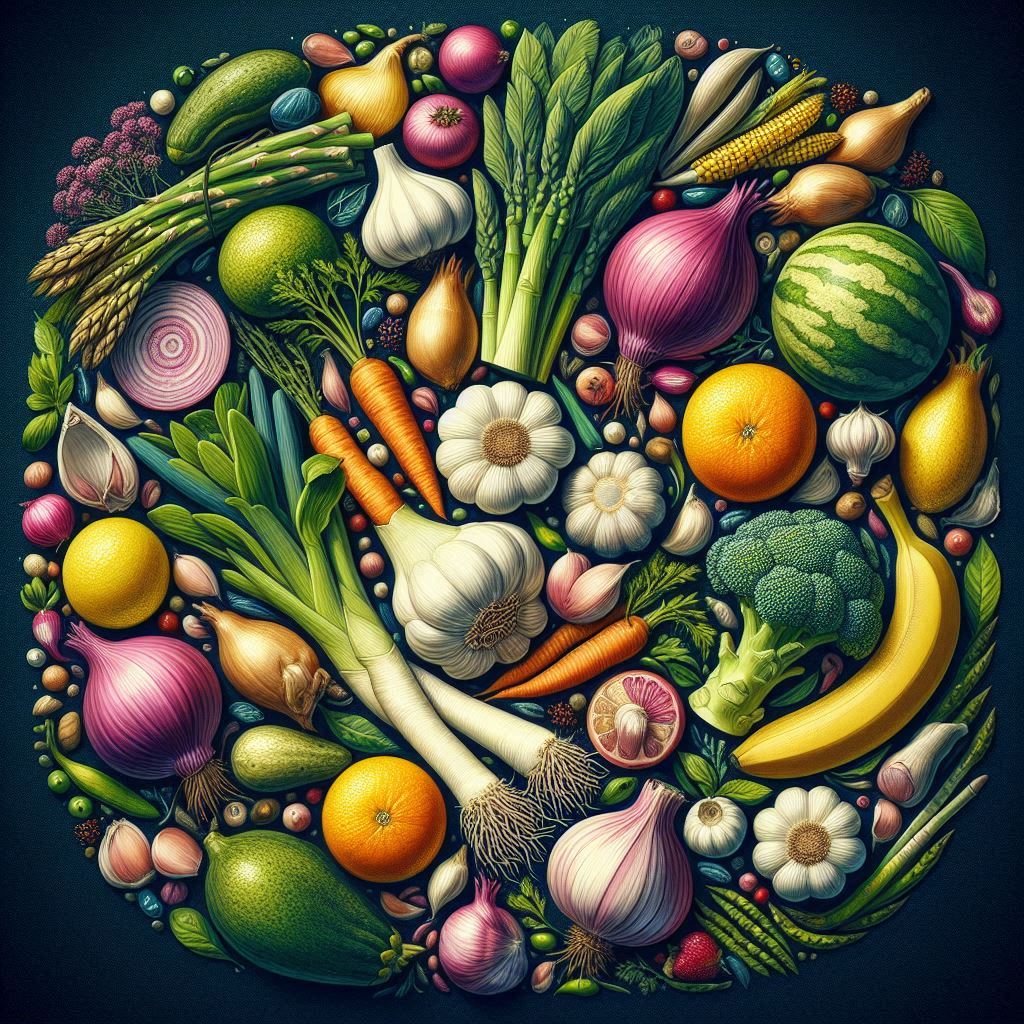Celiac Disease in Europe: A Comprehensive Overview
Celiac disease is an autoimmune condition that affects millions of people around the world, and Europe is no exception. This disease occurs when gluten consumption causes damage to the small intestine, impairing the absorption of essential nutrients. With growing awareness and improved diagnoses, celiac disease is receiving more attention in European healthcare systems. In this article, we will explore the statistics, challenges and initiatives related to celiac disease in Europe, offering a comprehensive overview of the current situation.
Prevailing Statistics
Recent studies suggest that the prevalence of celiac disease in Europe varies significantly between different countries, with estimates ranging between 0.3% and 1% of the general population. However, many cases are believed to remain undiagnosed, due to the wide range of symptoms associated with the disease, which can range from gastrointestinal distress to more subtle effects such as fatigue and anemia.
Diagnostic and Treatment Challenges
One of the biggest challenges in the fight against celiac disease in Europe is timely diagnosis. Many patients spend years seeking medical recognition of their symptoms before receiving an accurate diagnosis. This delay can lead to long-term complications, such as intestinal damage, nutritional deficiencies, and an increased risk of certain types of bowel cancer.
Additionally, current treatment for celiac disease is limited to a strictly gluten-free diet, a challenge that can be difficult to manage due to the prevalence of gluten in many foods and cross-contamination. Food labels across Europe are improving, but can still vary in clarity and reliability, making the daily lives of celiacs more complicated.
European Initiatives for Celiac Disease
Recognizing these challenges, there have been numerous initiatives across Europe to improve the lives of people with celiac disease. These include:
• Improved Diagnosis Guidelines: Some European countries have adopted more rigorous guidelines for the diagnosis of celiac disease, reducing the time for accurate recognition of the disease.
• Awareness campaigns: National and supranational organizations have launched campaigns to increase awareness of celiac disease among the public and health professionals.
• Support for Gluten-Free Food Options: The European Union has introduced stricter regulations on food labeling, making it easier for celiacs to identify safe foods. Furthermore, the increase in demand has encouraged food manufacturers to offer a wide range of gluten-free options.
Conclusion
Celiac disease remains a significant public health challenge in Europe, but advances in diagnosis, treatment and support offer hope for those affected. While the initiatives continue to evolve, the goal remains to improve the quality of life of celiacs by ensuring they have access to accurate diagnoses, effective treatments and safe food options. With greater awareness and support, the future looks brighter for people with celiac disease in Europe.
Read also..
Melted butter or soft butter? Here's what changes in gluten-free doughs When preparing dough, especially for brioches, every detail can make the difference. The choice between melted butter and soft butter can greatly affect the final result. If we talk...
Inulin is a plant fiber and is mainly extracted from the roots of plants such as chicory and Jerusalem artichoke, which are rich in this plant fiber. The inulin extraction process involves several steps:Root Harvesting: Roots are harvested from plants, usually during...
International Celiac Disease Day
International Celiac Day in Italy represents an important moment in the public health landscape, as it offers the opportunity to promote awareness of celiac disease, an autoimmune disease that affects a significant number of individuals in the country. This event...





Share:
20 Curiosities about celiac disease
Gluten free meme